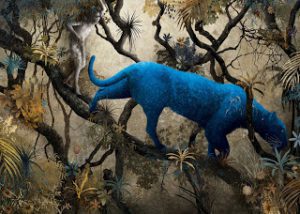First source of inspiration in our “Inspiring Artist of the Week” series is Jozef Wilkoń; a Polish painter, art historian and illustrator of around 200 books.
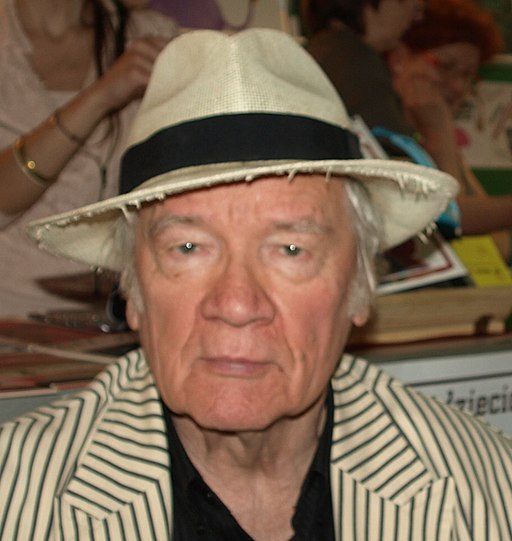
The artist was born in 1930 in a small village near Kraków where his neighborhood was teeming with animals, and this greatly influenced his future creations. His books and sculptures are inspired by nature and, above all, by animals which are the protagonists of his stories since the 1980s. With the surroundings he recalled from his childhood in the mountainous village of Bogucice, he feed on natural landscapes and the mysterious animal kingdom he grew up in. Artist, with his admiration for childhood memories, manages to give a universal form to his personal passions. Wilkoń values artists like Marc Chagall, who adds poetic elements to his work. At the same time, he has a certain affinity and interaction with the exotic art of the Far East. The “Spatial Drawings” he created, namely the playgrounds made of logs and sheet metal, open new horizons in the imagination of art lovers. Today Jozef Wilkon is described by the press as “one of the most productive and original artists of our time” because of his extraordinary illustrations.
“First, you have to know what you are going to paint: a man or a fish or a bird or a leaf or an animal, and what it looks like. Then you must know how it moves, runs, creeps, swims or flies. For many that would be the end of their art effort, but some go ahead and paint sadness and happiness, fear and courage. Only a few reach the point at which they can paint a smell and a taste of fruits or even, silence in the dream. If you can do all these things then you must know the way to bring a story and a picture together. Everything must be done at the right place and on the right time, so the tensions in the book rises as in the theatre.” Józef Wilkon
The artist likes to describe animals and nature with fast and decisive brush strokes. His illustrations emerge with a realistic approach, they do not adorn or idealize nature. Wilkoń is rarely interested in drawing people, yet the psychological portraits of the animals he creates are actually human portraits. He uses animals “as metaphors” and he can say a lot about people this way. However, Wilkoń never uses animal characters according to the tradition of La Fontaine. As he never prefers to use animals to represent a particular human quality, especially a negative quality.
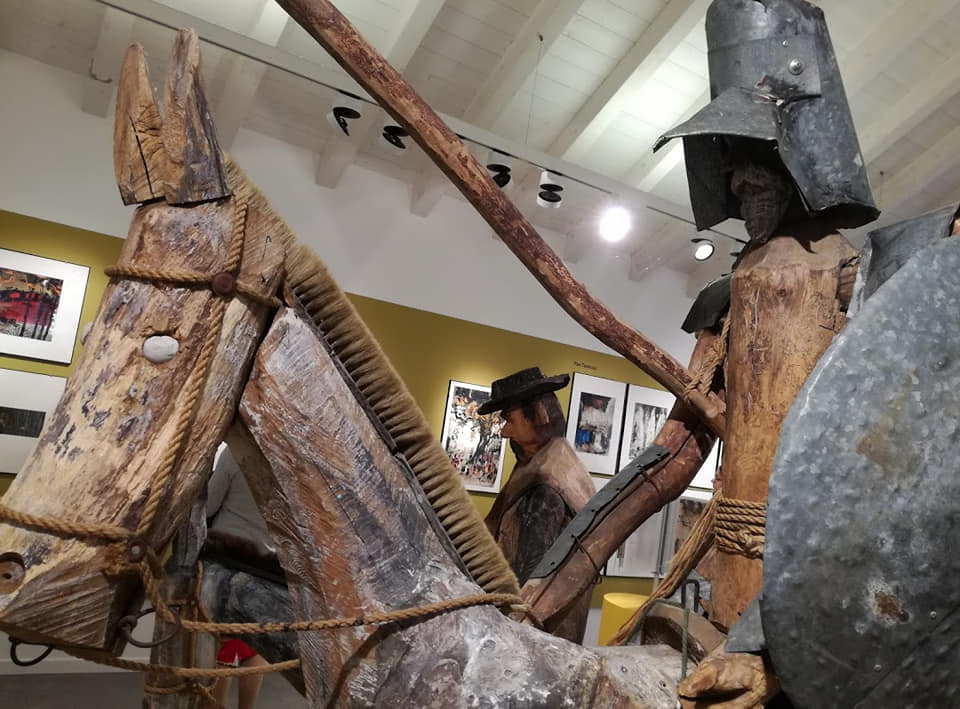
Although Wilkoń generally prefers to use ink, watercolor and dry pastel; he prefers to mix different techniques in each new project as means to find new forms of expression. His works can be split into several periods: 1957–1963 ‘with experiments on liquids’, 1962–1970 -‘ with ’tissue experiments’, 1978–1994 -‘ with crayon experiments’ and finally 1991–1994 – ” 3D images and sculptures ”.
Jóżef Wilkoń’s first published book; “About A Cat Seeking Black Milk” was written by Helena Bechlerowa in 1959.
You can find our article about Beatrice Alemagna from our “Inspiring Artist of the Week” series.

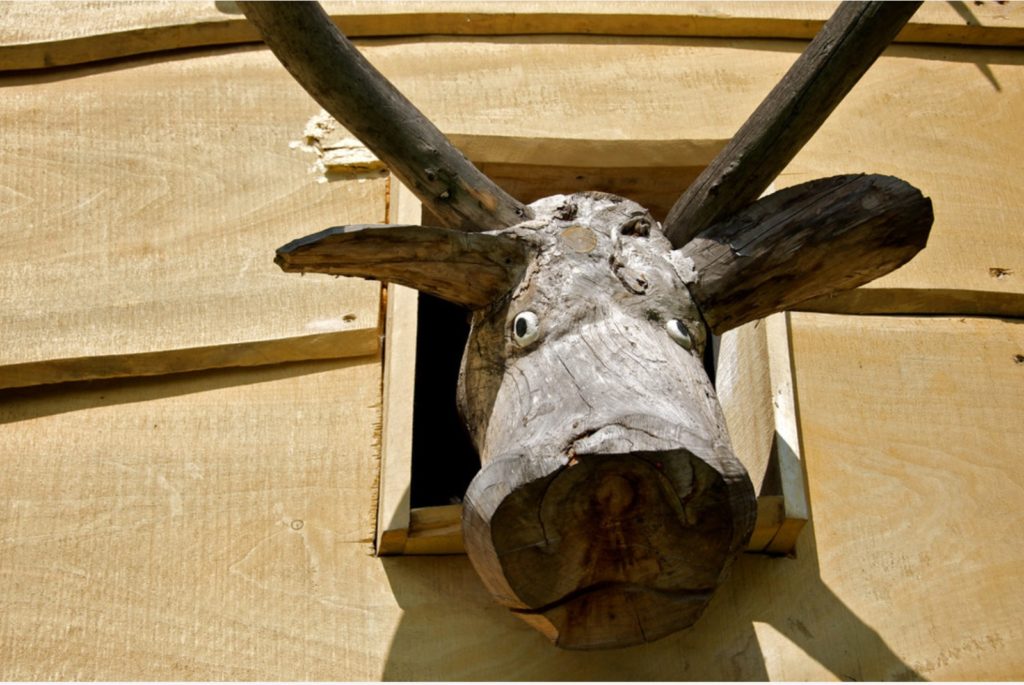
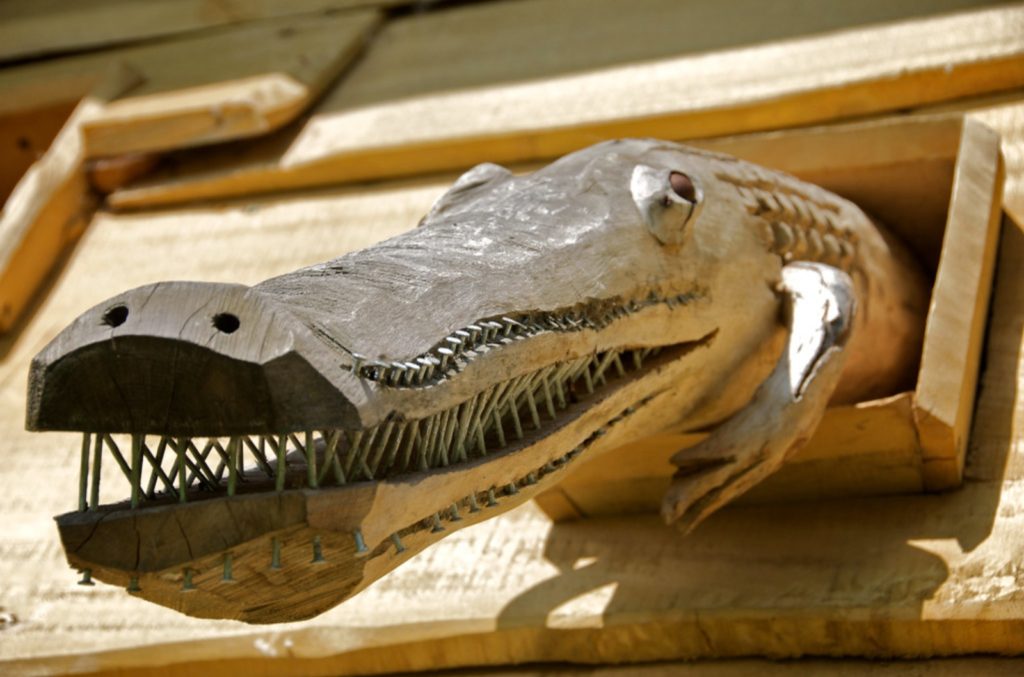
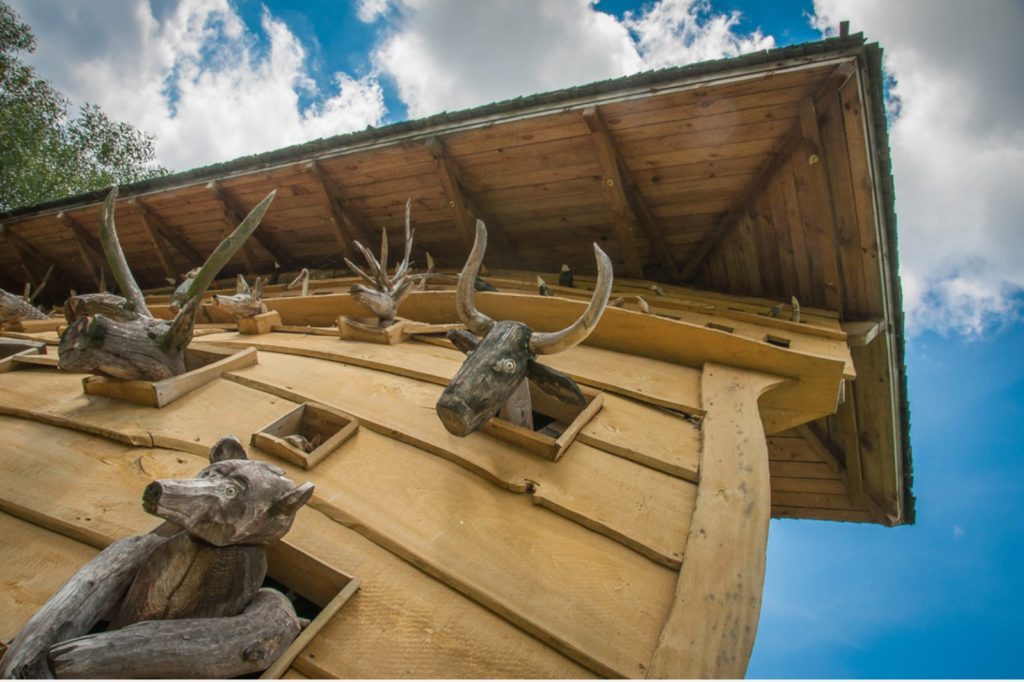
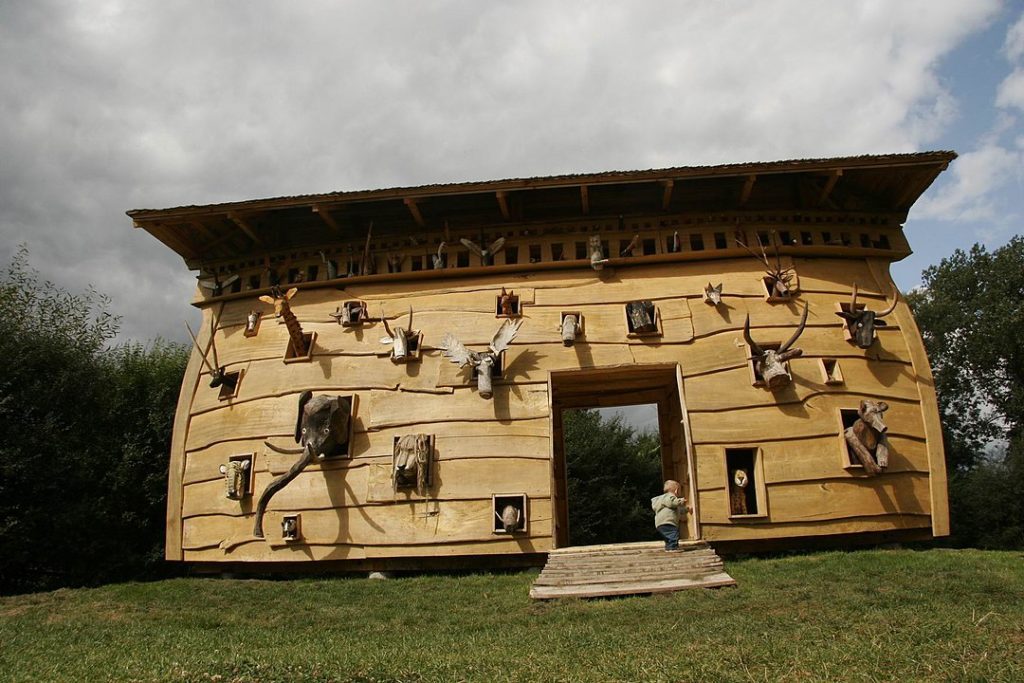
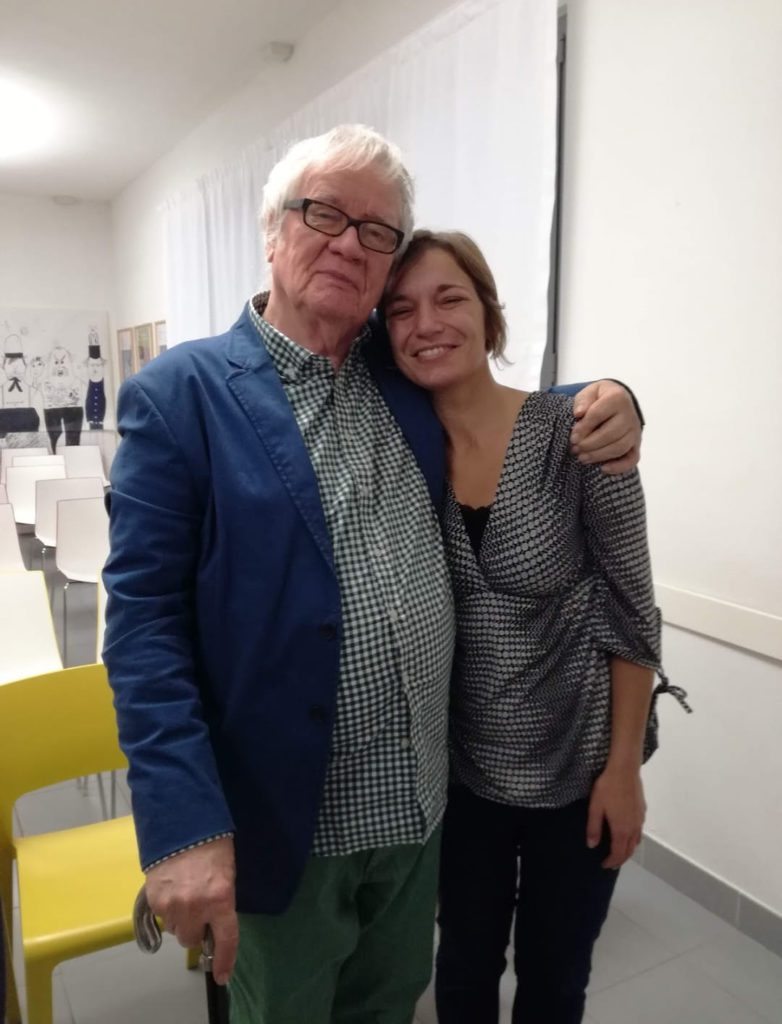
Sources:
Paola Codutti private collection, with permission from Paola Codutti
“Józef Wilkoń, ilustrator, malarz, historyk sztuki” by Dudek1337 is licensed under CC BY-NC-SA 2.0
“Arka Wilkonia” by Fatbot is licensed under CC BY-NC-SA 2.0
“Jussuf will ein Tiger sein / Jozef Wilkon im Parabel Verlag Munchen” by Mills Baker is licensed under CC BY 2.0
“The Ark – Installation by Jozef Wilkon. Radziejowice, Poland” by teachandlearn is licensed under CC BY-NC-SA 2.0
“The Ark – Installation by Jozef Wilkon. Radziejowice, Poland” by teachandlearn is licensed under CC BY-NC-SA 2.0
“The Ark – Installation by Jozef Wilkon. Radziejowice, Poland” by teachandlearn is licensed under CC BY-NC-SA 2.0
Józef Wilkoń ‘Where books fall from the sky – books, pictures and films from Poland’ SK Foundation Culture from 2000
Quote from the Library of the Polish Museum in Rapperswil, Switzerland
